Kip Lynch ’22
News Editor
In an email sent to the Trinity community Monday, Oct. 19, Chief of Staff and Assistant Vice President for External Affairs Jason Rojas announced that Trinity’s COVID active case count had dropped to 18, down from 32 on Friday, Oct. 16. Of the 18 active cases, one is an employee/affiliate while 17 are students. Of those 17 students, nine are currently isolated on campus. The employee/affiliate is a non-teaching staff member who had little contact with others on campus, according to Rojas.
Rojas indicated that the College will resume in-person classes and open the library as well as the Ferris Athletic Center on Wednesday, Oct. 21. Additionally, employees approved to work on campus will be allowed to return and organized groups limited to 12 students will be able to meet if supervised by a member of the faculty or staff. Students will be allowed to gather outside so long as the groups do not number more than six, with face coverings required except when eating.With the decrease in active cases, the College changed its alert level status to yellow Monday evening.
Rojas responded over the weekend to the Tripod’s three previous requests from Oct. 11, 15, and 16. After being alerted to an increase in cases surpassing the capacity of Doonesbury Residential Community, the College’s primary and only explicitly dedicated isolation facility, the Tripod also learned that infected students were being placed in dorms on the same floor as non-infected students, and asked Rojas to identify any other dedicated isolation facilities used by the College. He declined to identify, stating that “These facilities function as healthcare facilities and we feel it is best to not identify them in greater detail out of interest for affected students who have been or may be placed in isolation in the future. We have identified a significant number of potential isolation spaces as part of our contingency planning to manage needs that may arise.”
However, Dean of Campus Life & Vice President for Student Affairs Joe DiChristina previously identified these facilities in an email sent to the Trinity community five days prior on Oct. 12, stating that “these spaces are in Stowe, Clemens, and an exterior apartment connected to Vernon Place (all had been designated as isolation facilities during the pandemic last spring).” It remains unclear what other spaces, if any, have been identified by the College.
In response to Trinity’s decision to convert dorms with non-infected students into partial isolation wards without notice, Rojas indicated that the College’s “plan for re-opening was designed to be fluid given the unprecedented nature of operating a college during a pandemic. We assumed there would be COVID cases during the academic year. No one could predict how many cases we would have. As we respond to cases in real time, we make decisions and will continue to make decisions that are in the best interests of our entire campus community, including the needs of affected students themselves, and we will do so safely and with consultation from our health center professionals.”
While Rojas asserted the fluidity of the plan, DiChristina had previously described these facilities as “designated as isolation facilities during the pandemic last spring,” months before the fall semester and prior to the distribution of the College’s “Community Contract.” The spring selection of these facilities was also confirmed in a separate email from Dean of Student Life Jody Goodman last week.
Rojas clarified that “students who are placed in isolation are not ‘intermingled’ with other students. If they are temporarily housed in the same building with other students, they are in spaces that have separate bathrooms and sometimes separate building entrances, and where appropriate ventilation exists.” Clemens and Stowe, however, do not have separate, exterior entrances to the dormitory floors in which infected students were housed last weekend.
On the enforcement of individual quarantines, Rojas stated the administration’s belief that “students have and are capable of using good judgment during these challenging times. Our experience in working with and caring for students who have contracted the virus is that they have been cooperative and understanding of the seriousness of the situation.”
Responding to student concerns about being exposed to the coronavirus by being placed in close proximity with infected students, concerns separately reported to Residential Life officials by student employees, Rojas stated “We respond to the needs of affected students whenever the needs arises. A nurse assists students during the isolation placement process. All appropriate mitigation processes are followed during placement and therefore risk of spread is reduced. The spaces in Stowe/Clemens are apartment-style units that are self-contained with dedicated bedrooms and bathrooms. There were 2 students that were placed in Clemens for 2 days to accommodate some specific needs. No students are currently isolating in Clemens of [sic] Stowe.”
Rojas further clarified that the College is not moving students residing off-campus into on-campus housing for quarantine.
The College also disclosed the members of its COVID-19 steering committee for the first time over the weekend. The committee consists of Rojas (co-chair), DiChristina (co-chair), Suzanne Aber, David Andres, Michael Casey, Brian Heavren, Dan Hitchell, Dickens Mathieu, Takunari Miyazaki, Mitchell Polin, and Angela Paik Schaeffer. Rojas noted that “The steering committee meets at least three times a week and is informed by reports from several divisions and data from the Broad Institute. It also consults regularly with President Berger-Sweeney and provides her with recommendations on major action steps aimed at managing our response to the virus, including decisions to change the campus alert level.”
Rojas did not indicate if a replacement selection has been made for the committee, given Vice President for Information Technology Suzanne Aber’s retirement this month.
After receiving confirmation last week from the management at Parkville Market, which several infected students visited, that their facility was not contact traced by Trinity, the Tripod separately investigated the College’s contact tracing policies and procedures as a continuance of an earlier investigation in mid-September.
Rojas provided a statement from Director of Health Services Martha O’Brien, who added that “Contact tracers make calls to all sites and people that are identified as a moderate or high-risk exposure based on information collected from interviews with the COVID positive individual. Our trained contact tracers act upon information provided by the infected individual and touch base each day with the individual allowing for more information to be shared.”
During the week of Oct. 12, there was an increase of 35 cases, bringing the total to 56. Rojas noted that “Of the 35, all but 4 students demonstrated a direct correlation to a previously positive case through our work with contact tracing.” It remains unclear what number of students with direct contacts to a particular location, such as Parkville Market, would merit contact tracing by the College’s staff.
The Tripod also sought clarification on the factors behind the College’s decision to remain at alert level orange throughout the outbreak, among the largest in the state, despite the sustained increase in cases for almost two weeks. Rojas noted that the College evaluates “the situation daily and consider the specific context, not just a single data point. In this case, the fact that evidence shows these cases to be clusters—and that we have identified and contained them—is significant.”
“If we saw evidence that the virus was ‘everywhere’ on campus, we would recommend a different way forward,” he added.
On whether the College would take any action to regulate off-campus housing given that off-campus residents were the primary impetus of the recent outbreak, Rojas responded that “We will be looking comprehensively at patterns we see in the data from throughout the semester to inform our policies and practices in the future.”
Rojas characterized previous Tripod reporting on off-campus housing as a central problem in the recent outbreak as “misleading and inaccurate,” citing the previous “cluster of cases in a campus residence hall” in mid-September. However, Rojas himself asserted in an email to the community Saturday that the recent outbreak primarily affected “clusters of students who live in off-campus housing” and suggested that the clusters “don’t appear to be diffusely spread across campus.” DiChristina, similarly, attributed the outbreak to mostly “students who live together in off-campus apartments/housing” on Oct. 8 at the start of the outbreak.
“The College,” Rojas noted, has “had an increased presence in residence halls and off campus. We have and will continue to follow-up with all students that have been in violation of COVID policies/expectations.” Despite this presence, Rojas concurrently acknowledged relative to off-campus residences that the College “cannot instruct the owners on how to operate their properties.”
The College does not plan to adjust its practices based on recent outbreaks. Rather, Rojas noted that the College works “continuously with Hartford Healthcare—they are our healthcare provider for students—to assess and inform our practices” and added that “those practices helped mitigate the spread of the virus over the past two weeks.”
As for changes to athletic practices, Rojas noted that the administration “will be making decisions in the coming days regarding athletic team activities and use of our facilities.” Rojas asserted that there is no evidence that “athletic practices, which were conducted under the supervision of coaching staff and followed all appropriate health and safety protocols, played a role in the recent cases.” Athletic practices were approved to resume Wednesday, with limited capacity restrictions, according to Monday’s email.
Further, Rojas noted that the “clusters of cases we have seen are not related specifically to Greek Letter Organizations.” The Tripod previously reported that Psi U was placed under quarantine earlier in the semester for a coronavirus cluster where as many as six members tested positive.
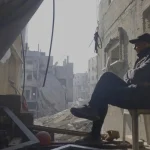
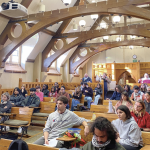

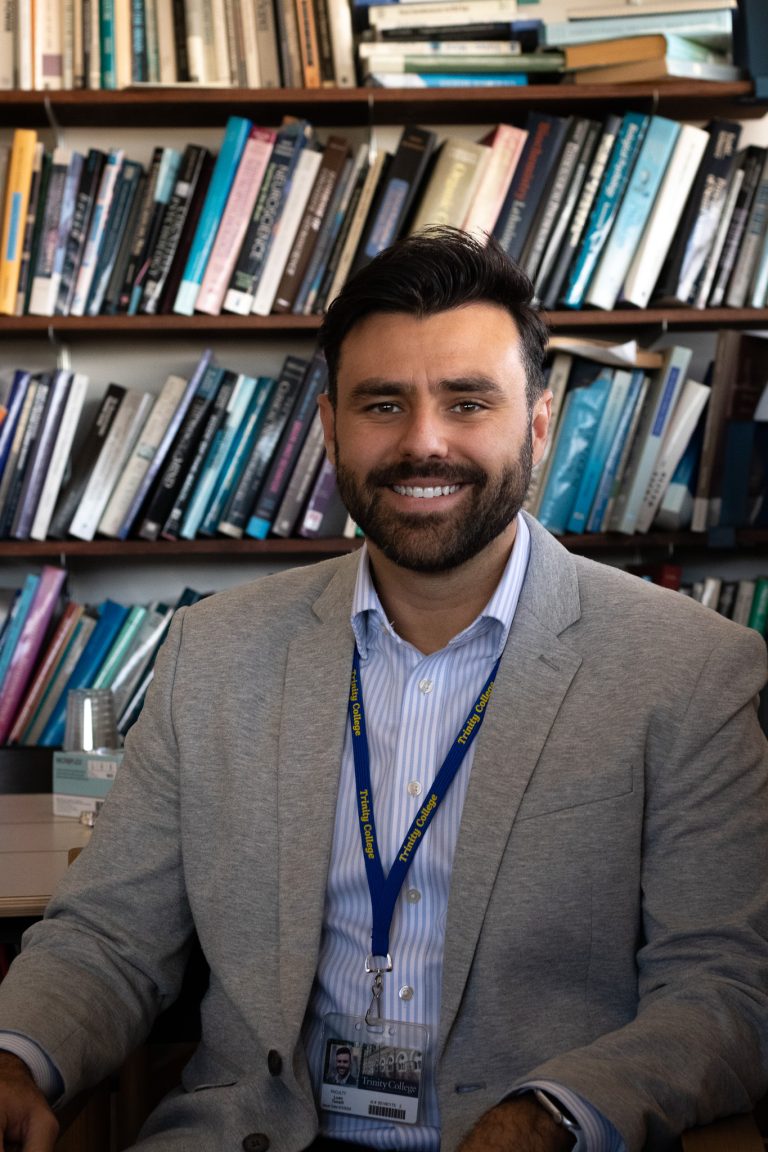
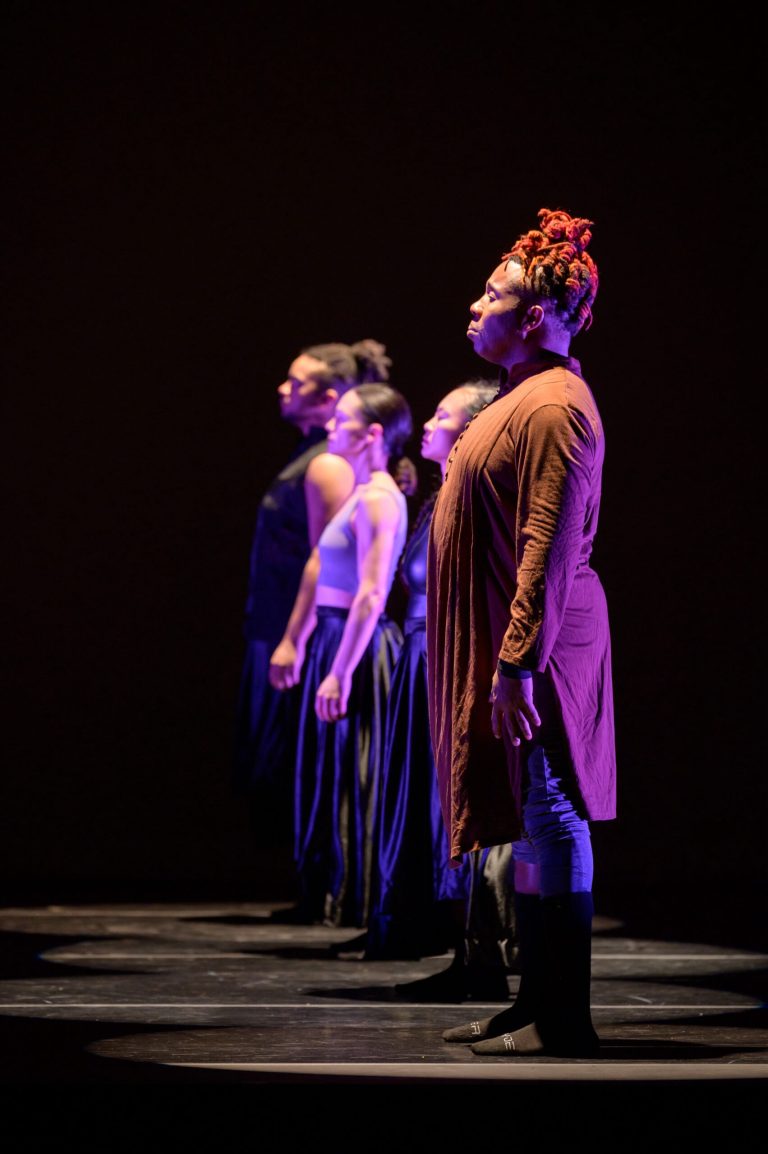
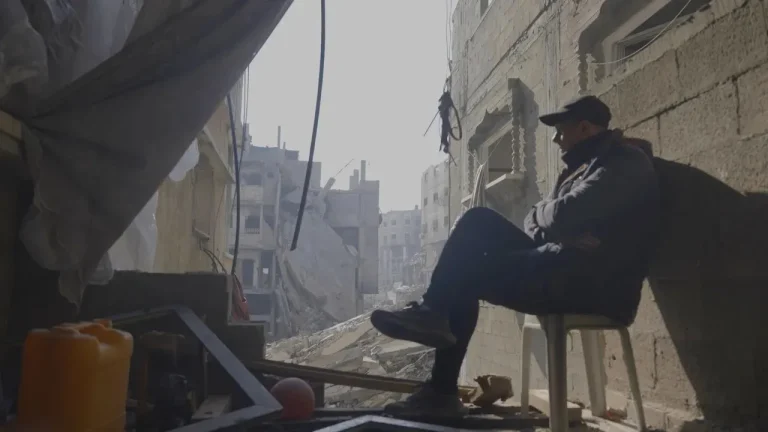

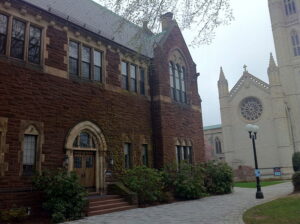
+ There are no comments
Add yours